A Digital Image of Mars in Pastels
The first image of another planet ever captured from deep space went through some very analog processing
As Mariner 4 approached Mars on July 15, 1965, NASA scientists and engineers at the Jet Propulsion Laboratory were nervous. Six probes launched by the Soviet Union had failed to reach the planet. Even this probe’s twin, Mariner 3, had failed earlier when the transport pairing failed to properly detach.
Mariner 4 (together with Mariner 3 known as Mariner-Mars 1964) was the fourth in a series of spacecrafts intended for planetary exploration in a flyby mode, designed to conduct closeup scientific observations of Mars and to transmit these observations to Earth.
The team was waiting for signals from Mariner 4’s cameras during the final approach to Mars. There had already been anomalous errors that indicated the tape storage might be failing. It was actually a spare, never intended for use, and was only in orbit because of the failure of Mariner 3.
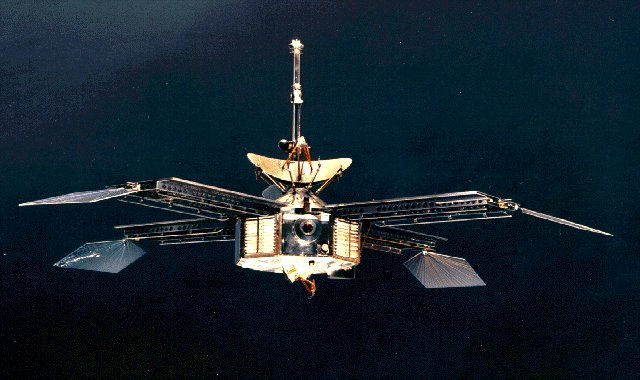
The imager itself was a vidicon tube. This is essentially a television camera where the target material is a photoconductor like selenium or silicon diode arrays. The photoconductor is then scanned by a beam of low-velocity electrons. The fluctuating voltage coupled out to a video amplifier can be used to reproduce the scene being imaged. The electrical charge produced by an image will remain in the face plate until it is scanned or until the charge dissipates. By using a pyroelectric material such as triglycine sulfate as the target, the vidicon imager could be sensitive over a broad portion of the infrared spectrum – essentially a precursor to modern microbolometer technology.
Prior to the design and construction of the Galileo probe to Jupiter in the late 1970s to early 1980s, NASA used vidicon cameras on nearly all the unmanned deep space probes equipped with the remote sensing ability. Vidicon tubes were also used onboard the first three Landsat earth imaging satellites launched in 1972, as part of each spacecraft’s Return Beam Vidicon (RBV) imaging system. Eventually they were rendered obsolete by the use of solid-state image sensors, with the CCD sensors becoming the new standard for space imaging.
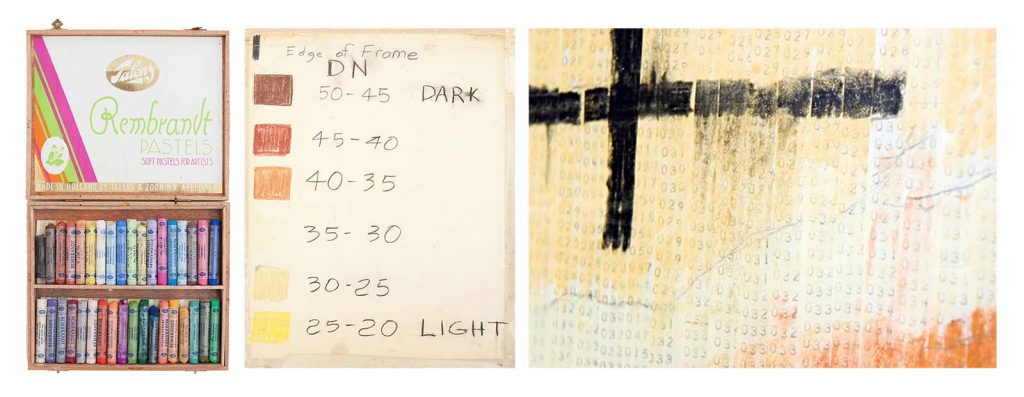
A signal started to arrive from Mariner 4.
A “real-time data translator” machine converted the digital imaging data into numbers and printed them on strips of ticker tape paper. Was the imager working properly? Would the tape storage fail? Too anxious to wait for the official processed image, Richard Grumm, who oversaw the tape recorder, and his crew decided to prove if it was working one way or the other.
After the flyby of the planet it would take several hours for computers to process a real image. So while they were waiting, the engineers thought of different ways of taking the 1’s and 0’s from the actual data to create an image.
After a few variations, it seemed most efficient to print out the digits and color over them based on each pixel’s brightness. The reddish coloring was an accident: While Mr. Grumm was looking for chalk in different shades of gray, the local art store didn’t carry anything like that. So he had to go with a colored pastel set.
They started attaching these strips side-by-side to a display panel and using their color guide, proceeded to hand-color the raw binary readout from the imager’s pixels.
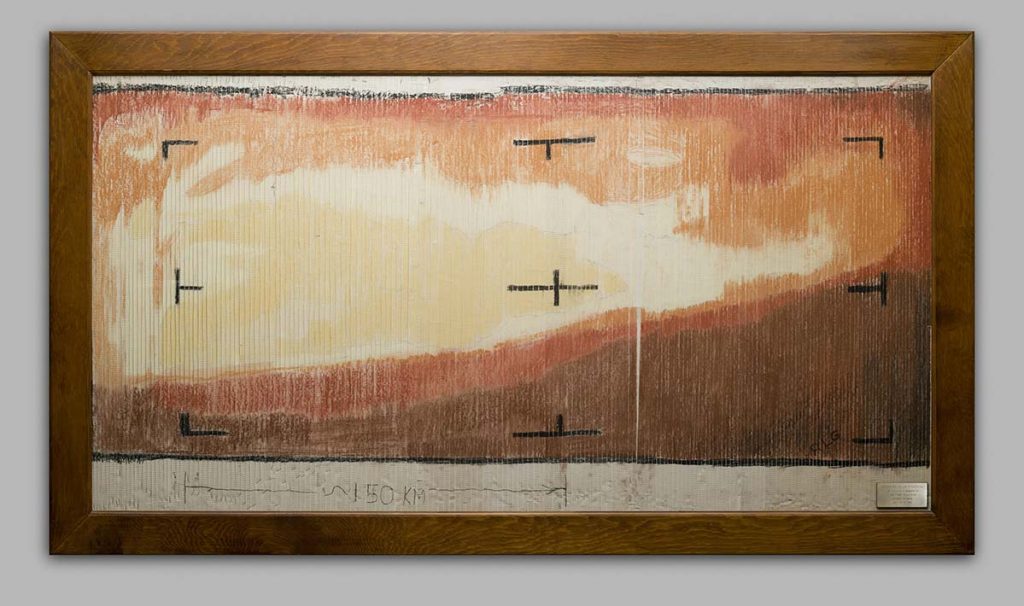
The resulting image provided early verification that the camera was functioning. And the hand-drawn image compared quite favorably with the processed image! This image represents the first view of another planet from a vantage point in space. It was taken on July 15th, 1965, when the space probe Mariner 4 flew by only 6,118 miles from the surface of Mars.
More images arrived, showing a Moon-like cratered terrain, which the scientists did not expect. Later missions showed that this was not typical for Mars, but only for the more ancient regions. A lighter atmosphere than expected and much colder daytime temperatures of −100 degrees Celsius were estimated. The thin atmosphere and its craters indicated a relatively inactive planet, which greatly dissipated hope of finding life on Mars.
Others argued that even with several thousand photographs at the same distance and kilometer-resolution, it would be difficult to reveal signs of life on Earth. In contrast, Mariner 4 captured 21 pictures using alternate red and green filters, plus 21 lines of a 22nd picture. The images represented about 1% of Mars’ surface and the closest approach was 9,846 km from the Martian surface. With such a small sample size, some were still optimistic about the prospect of life on Mars.
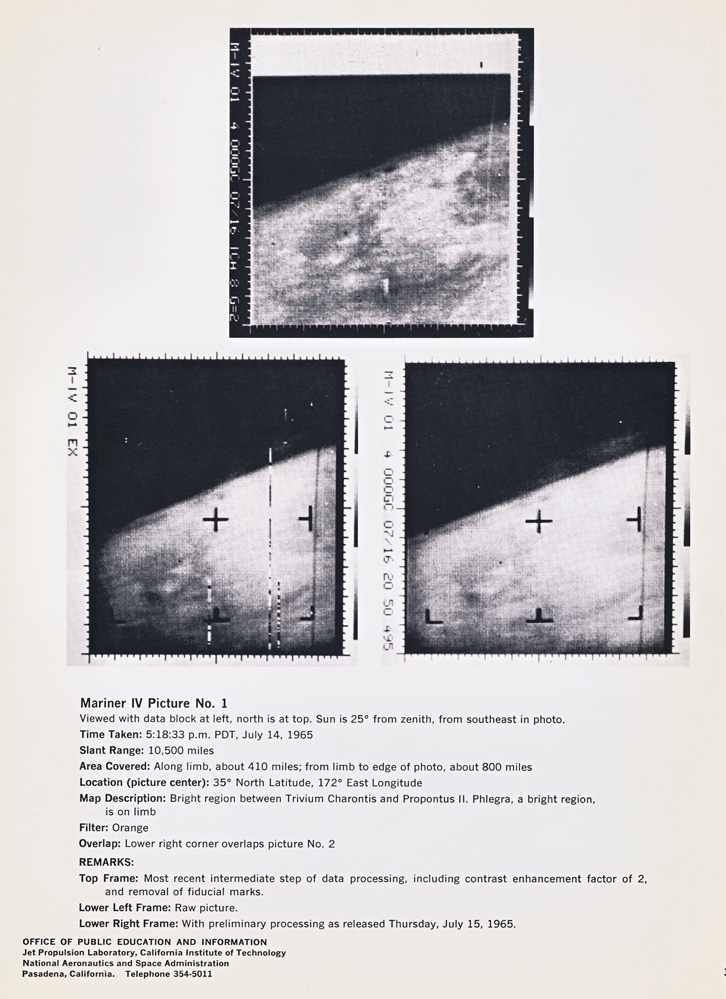
In the end, Mariner 4 performed the first successful flyby of the planet Mars, returning the first close-up pictures of the Martian surface. It captured the first images of another planet ever returned from deep space.
Other mission objectives were to perform field and particle measurements in interplanetary space in the vicinity of Mars and to provide experience in and knowledge of the engineering capabilities for interplanetary flights of long duration.
On December 21, 1967, with the probe battered by micro-asteroids and systems failing, communications with Mariner 4 were terminated.



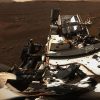 How Perseverance’s Diverse Set of Cameras Will Perform Science on Mars
How Perseverance’s Diverse Set of Cameras Will Perform Science on Mars 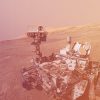 Looking at Mars With the Right Kind of Eyes
Looking at Mars With the Right Kind of Eyes 